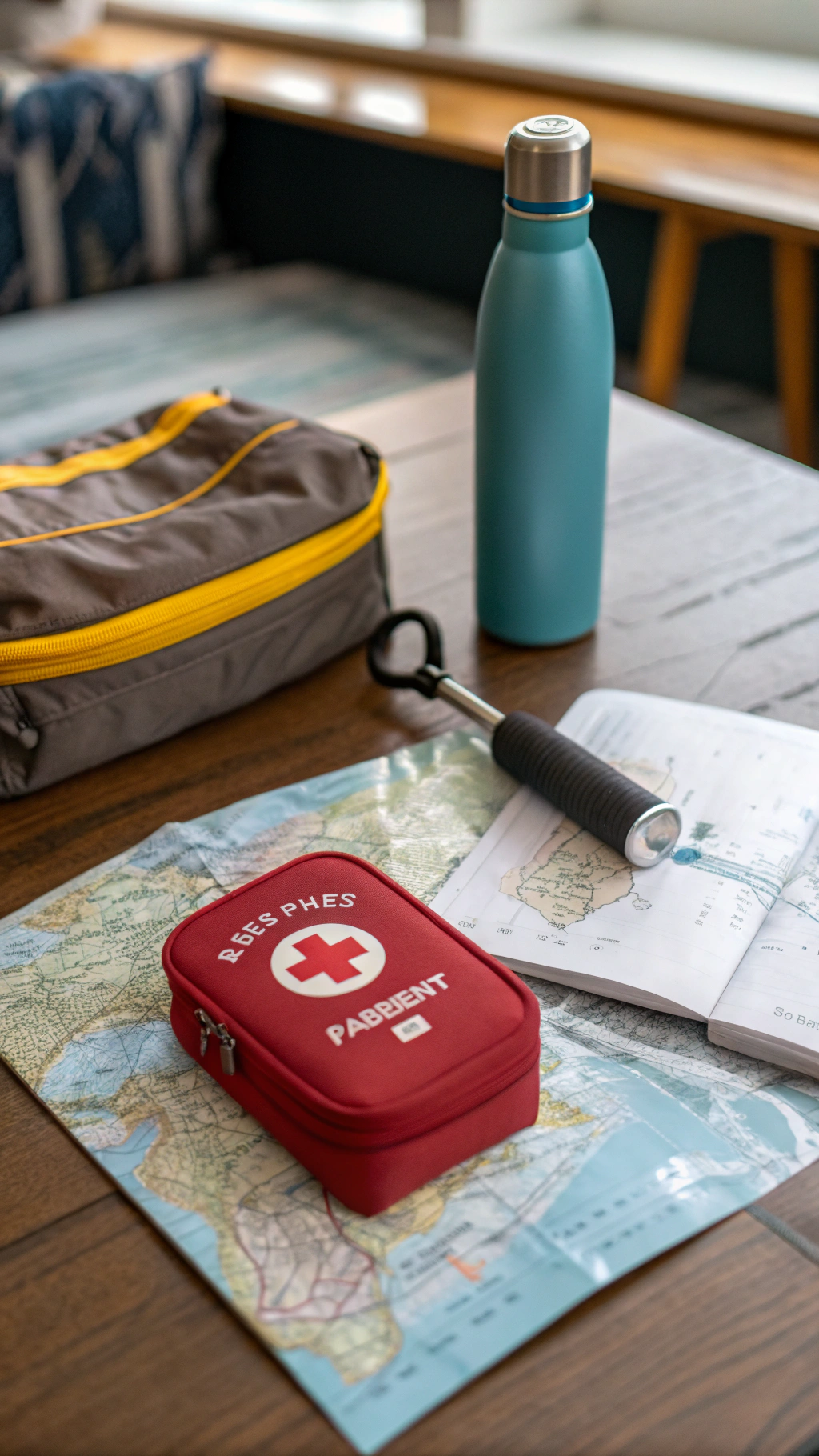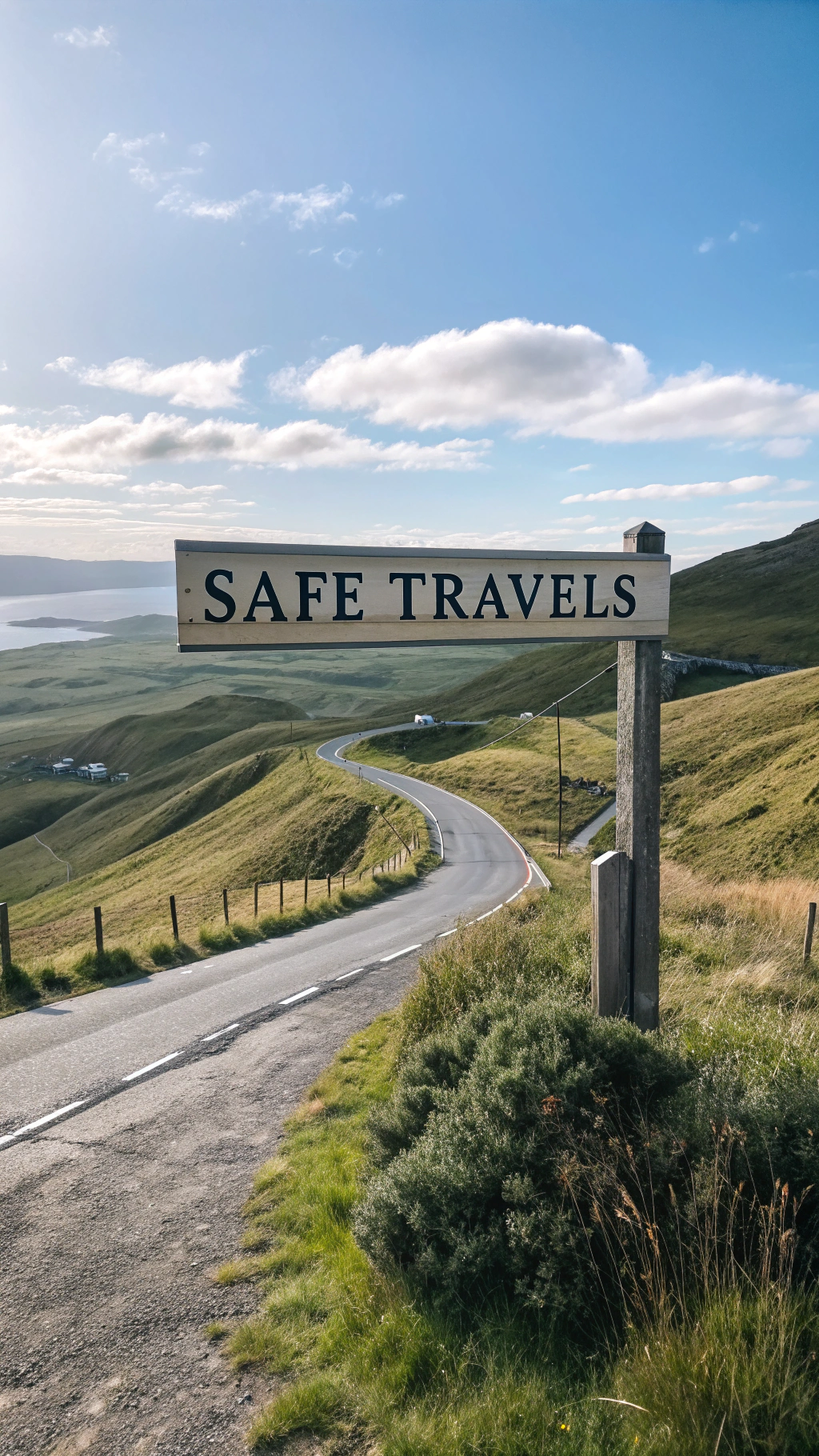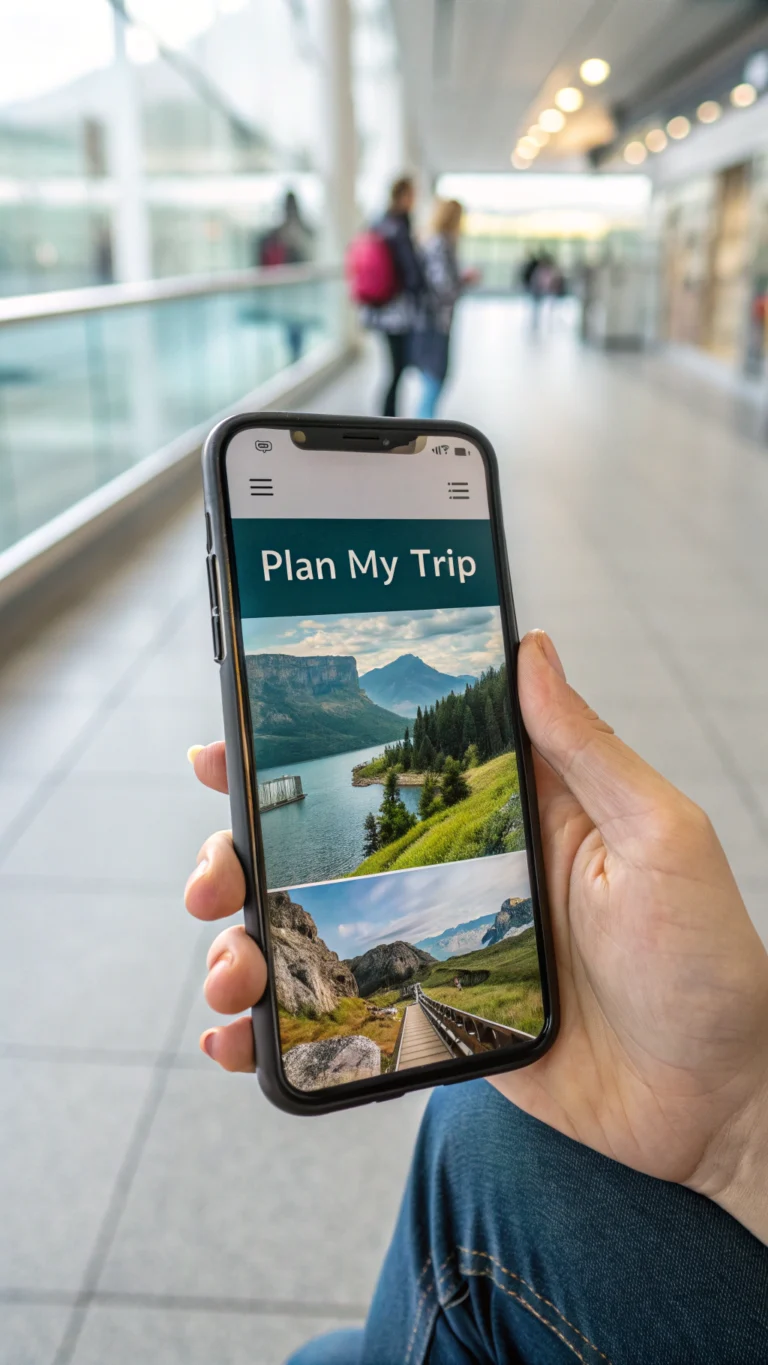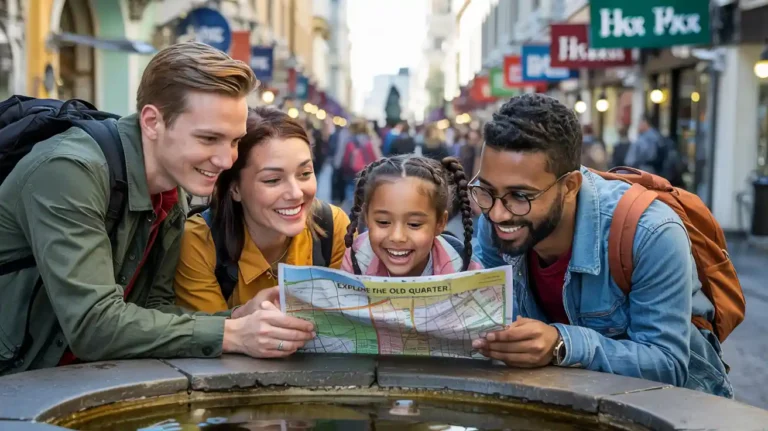How to Say Safe Travels in Spanish: Easy Phrases & Tips
Table of Contents
Introduction
Have you ever wondered why some of the most sentimental ways to say goodbye to tourists are found in Spanish-speaking nations? Being able to wish someone safe travels in Spanish is not only courteous, but also a necessary component of cultural immersion in a society where interpersonal relationships are deeply ingrained. Gaining proficiency in these expressions will enable you to interact with locals more naturally and show respect for their traditions, whether you’re organizing a trip to Spain or just want to wish your Spanish-speaking friends well on their travels.
Spanish Travel Phrases Overview

Spanish is spoken by approximately 580 million people worldwide, making it the world’s second-most spoken native language. What makes Spanish farewell expressions particularly special is how they blend practical good wishes with emotional sentiment. Spanish-speaking cultures tend to place high value on interpersonal relationships, and this is reflected in their travel expressions, which often incorporate wishes for protection, enjoyment, and return.
The best time to learn these phrases is before embarking on trips to any of the 21 countries where Spanish is an official language, from Spain itself to diverse Latin American nations like Mexico, Colombia, and Argentina. According to tourism statistics, Spanish-speaking countries collectively welcome over 200 million international tourists annually, making these phrases increasingly valuable for global travelers.
Essential Safe Travel Phrases in Spanish
Basic Expressions
- “Buen viaje” – The most common way to say “safe travels” or “have a good trip” (literally: “good journey”)
- “Que tengas un buen viaje” – “I hope you have a good trip” (more personal)
- “Viaja con cuidado” – “Travel carefully”
- “Que llegues bien” – “Hope you arrive well”
Intermediate Phrases
- “Que Dios te acompañe” – “May God accompany you” (common in religious contexts)
- “Ve con cuidado” – “Go carefully”
- “Disfruta tu viaje” – “Enjoy your trip”
Advanced Regional Variations
- Spain: “Que vaya bien” – “Hope it goes well”
- Mexico: “Cuídate mucho en el camino” – “Take good care of yourself on the way”
- Argentina: “Buen viaje, che” – “Good trip, friend”
When and How to Use These Phrases
Different expressions are appropriate for different relationships and contexts. Here’s when to use each:
For Close Friends and Family
Use more personal expressions like “Te extrañaré” (I’ll miss you) alongside safety wishes. It’s also common to add “Avísame cuando llegues” (Let me know when you arrive).
For Colleagues and Acquaintances
Stick with classic expressions like “Buen viaje” or “Que tengas un buen viaje” which maintain a friendly but professional distance.
For Formal Situations
“Le deseo un viaje seguro” (I wish you a safe journey) maintains formality while expressing genuine concern.
Cultural Context and Importance
Understanding the cultural significance behind these phrases is crucial for travelers exploring Spanish-speaking countries. Unlike the often brief “safe travels” in English, Spanish farewells tend to be more elaborate, reflecting the culture’s emphasis on personal connection.
For those planning road trip travel tips through Spanish-speaking regions, knowing these expressions will facilitate meaningful interactions with locals. Research shows that travelers who make efforts to learn basic cultural phrases report 60% higher satisfaction with their travel experiences.
Common Mistakes to Avoid
- Don’t say “Seguro viajes” – This is a literal but incorrect translation
- Avoid “Viaje seguro” as a stand-alone phrase – While grammatically correct, it sounds unnatural
- Don’t forget the subjunctive form in phrases like “Que tengas…” – Using incorrect grammar can change the meaning
Digital Tools for Practice
Before your trip, consider using these resources to perfect your pronunciation:
- Language apps like Duolingo or SpanishDict
- Voice recording tools to compare your pronunciation with native speakers
- Spanish podcasts that focus on travel vocabulary
Final Thoughts
Mastering how to say safe travels in Spanish goes beyond mere translation—it’s about embracing the warmth and sincerity that Spanish-speaking cultures invest in their farewells. These phrases reflect deeper cultural values about human connection, care, and the significance of journeys.
Travelers visiting Spanish-speaking nations must comprehend the cultural meaning of these expressions. Spanish farewells are typically more extensive, reflecting the culture’s emphasis on personal connection, in contrast to the frequently succinct “safe travels” in English.
Understanding these expressions will help you have meaningful conversations with people when you’re planning a road trip through areas where Spanish is spoken. According to research, tourists who try to pick up some fundamental cultural expressions say they are 60% more satisfied with their trip.
¡Buen viaje en tu aventura con el español!
FAQs
What distinguishes “viaja con cuidado” from “buen viaje”?
The phrase “viaja con cuidado” particularly stresses traveling cautiously or safely, whereas “buen viaje” is a general wish for a pleasant trip.
Do Spanish speakers assume that visitors will be familiar with these expressions?
Even a small attempt to adopt regional language is often valued and frequently leads to more cordial encounters and better service, even when it is not demanded.
How should I react when someone uses Spanish to wish me a safe trip?
A straightforward “¡Gracias!” or “¡Muchas gracias!” The phrase “thank you very much!” is ideal.
Does Spanish culture have any superstitions around travel phrases?
Because it is believed that definitive farewells bring bad luck, people in some places avoid expressing “final” goodbyes and instead use terms that suggest seeing each other again.
Which travel expression in Spanish is most widely understood in all Spanish-speaking nations?
“Buen viaje” is appropriate and widely understood in all Spanish-speaking nations and situations.







